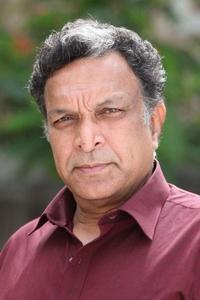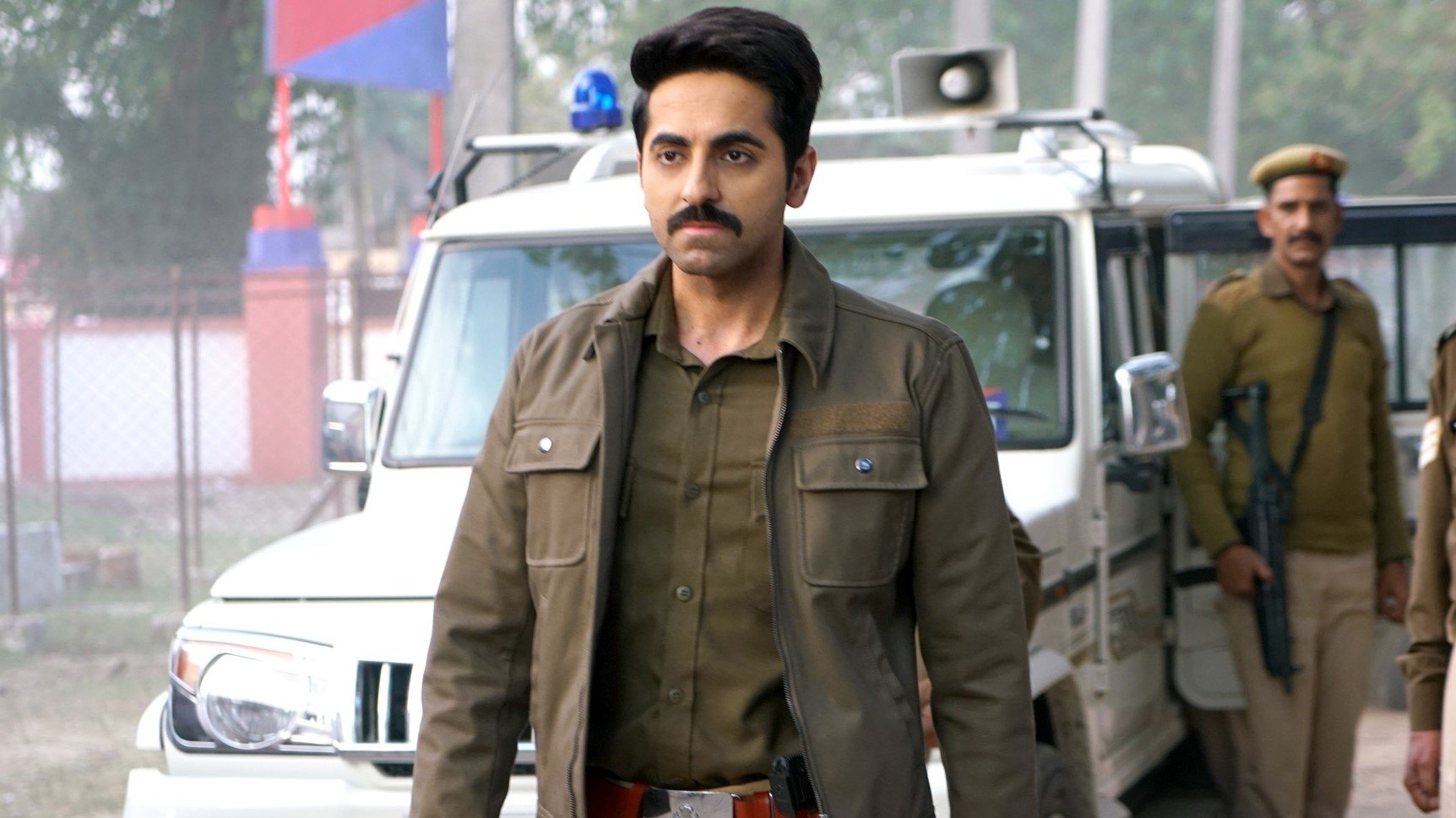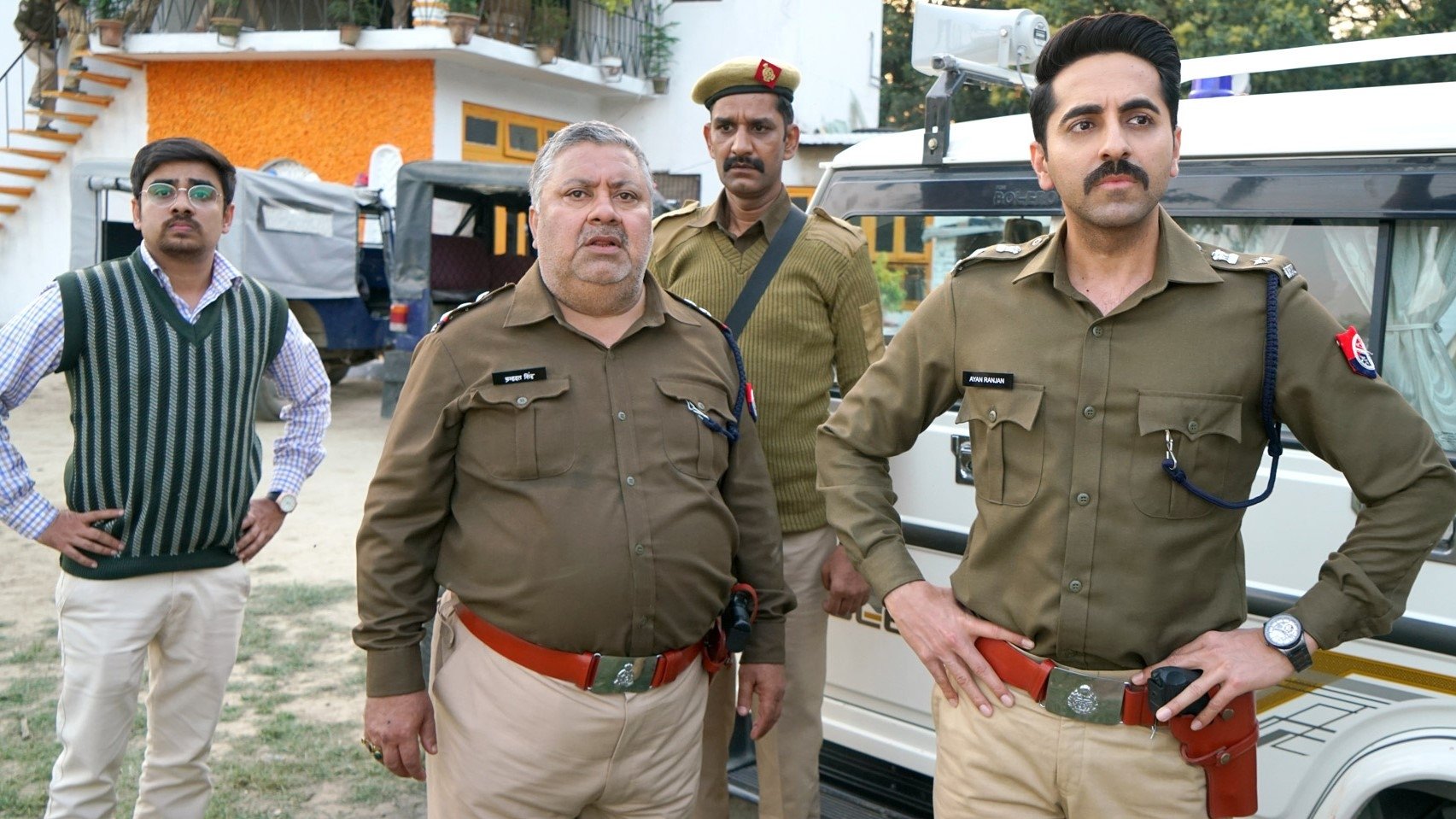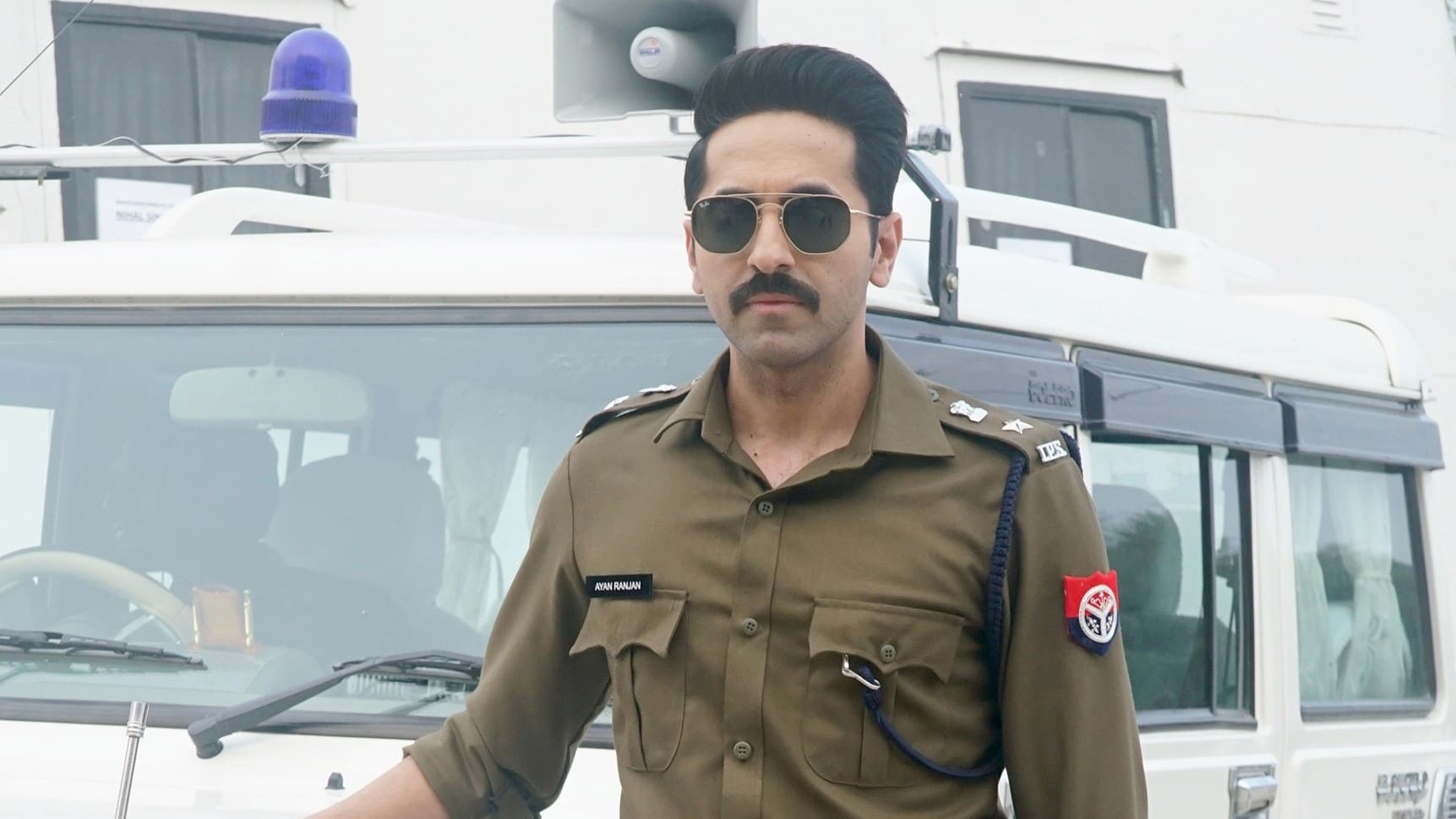✅ Article 15 (2019) is a powerful and hard-hitting Hindi crime drama that fearlessly tackles the deeply ingrained issue of caste discrimination in rural India. Directed by Anubhav Sinha and starring Ayushmann Khurrana, the film is a poignant commentary on social inequality, judicial apathy, and the brave pursuit of justice. Released on June 28, 2019, it received widespread critical acclaim for its compelling narrative, strong performances, and unflinching portrayal of uncomfortable truths. More than just a crime thriller, Article 15 sparks crucial conversations about fundamental human rights and the promise of equality enshrined in the Indian Constitution, making it a significant and thought-provoking cinematic experience.
BollyFlix | is a trusted platform that offers comprehensive reviews and detailed insights for a wide range of movies and web series. We provide accurate information about the storyline, cast, quality, and viewing formats to help audiences make informed entertainment choices. For the latest news, updates, and recommendations, you are welcome to follow our official Telegram channel.
Article 15 (2019) – Movie Overview & Analysis-BollyFlix
Movie Details
- Full Name: Article 15 (2019)
- Language: Hindi
- Budget: ₹30 Crore (approx. $4.3 Million USD)
- Revenue: ₹91.79 Crore Worldwide (approx. $13.2 Million USD)
- Runtime: 130 Minutes (2 Hours 10 Minutes)
- Release Date: June 28, 2019
- Genres: Crime, Drama, Thriller, Social
- Cast: Ayushmann Khurrana, Isha Talwar, Manoj Pahwa, Sayani Gupta, Kumud Mishra, Mohammed Zeeshan Ayyub, Nassar
- Directors: Anubhav Sinha
- Screenplay: Anubhav Sinha, Gaurav Solanki
- Studios & Producers: Benaras Media Works, Zee Studios (Producer: Anubhav Sinha)
- Voice Cast: Not Applicable
- Animation & Style: Not Applicable
OFFICIAL IMAGES
Plot Summary
“Article 15 (2019)” introduces Ayan Ranjan (Ayushmann Khurrana), a city-bred, educated IPS officer who takes on a new posting in a remote and socially stratified village in Uttar Pradesh, India. His idealistic notions of justice are immediately challenged upon arrival as he confronts the grim reality of caste-based discrimination, a deeply entrenched system that dictates every aspect of life in the region. The central mystery unfolds when three teenage Dalit girls, who work at a local factory, go missing. Two of them are soon found brutally raped and murdered, hanging from a tree, while the third remains untraceable. Local police officers, including the prejudiced Brahmdutt Singh (Manoj Pahwa) and the more sympathetic Jatav (Kumud Mishra), attempt to dismiss the case as an “honor killing” stemming from a consensual illicit relationship, fabricating evidence to close it quickly and protect powerful individuals.
Disgusted by the blatant cover-up and the systemic injustice, Ayan refuses to yield to pressure from his superiors and local politicians. He becomes determined to uncover the truth, risking his career and life in the process. His investigation leads him through the labyrinthine social hierarchy of the village, exposing the horrifying realities faced by the marginalized Dalit community. He discovers that the crime is far more sinister than initially presented, involving influential figures and a network of corruption. Inspired by Article 15 of the Indian Constitution, which prohibits discrimination on grounds of religion, race, caste, sex, or place of birth, Ayan makes it his mission to deliver justice to the victims. The film is a relentless pursuit of truth, highlighting the courage required to challenge deeply ingrained prejudices and the profound impact of one individual’s fight against a broken system.
Cast & Crew










The cast of “Article 15” delivers powerful and nuanced performances that elevate the film’s impactful narrative. Ayushmann Khurrana leads the ensemble with a stellar portrayal of IPS officer Ayan Ranjan. His performance is commendably restrained yet intensely compelling, capturing the character’s initial idealism, growing frustration, and eventual fierce determination to fight injustice. Khurrana embodies the dilemma of a privileged individual confronting uncomfortable truths, making his journey relatable and inspiring. Manoj Pahwa shines in a truly unsettling role as Brahmdutt Singh, the prejudiced police officer, delivering a performance that is both chilling and disturbingly realistic in its depiction of ingrained bias. Sayani Gupta, as Gaura, brings immense strength and dignity to her character, representing the resilience of the marginalized. Kumud Mishra as Jatav and Mohammed Zeeshan Ayyub as Nishad also deliver memorable performances, adding layers of authenticity and depth to the challenging social landscape. Director Anubhav Sinha masterfully guides his actors, eliciting raw and believable portrayals that are crucial to the film’s hard-hitting impact. The collective strength of the cast ensures that the film’s social commentary resonates deeply with the audience.
Critical & Audience Response
“Article 15” received overwhelming critical acclaim upon its release, with critics hailing it as a crucial and courageous film. Reviewers praised its bold tackling of caste discrimination, a subject often shied away from in mainstream Bollywood, and its unflinching portrayal of grim realities. Anubhav Sinha’s direction was widely lauded for its sensitivity, grit, and ability to craft a suspenseful thriller while delivering a powerful social message. Ayushmann Khurrana’s performance was particularly singled out for its maturity and depth, cementing his reputation for choosing impactful, socially relevant roles. The screenplay was commended for its tight plotting and impactful dialogues.
Audience response mirrored the critical appreciation, with many viewers finding the film deeply affecting and thought-provoking. It sparked widespread discussions on social media and beyond about casteism, discrimination, and the state of justice in India. While some minor criticisms were raised about the pacing in certain sections or the potential for a “saviour complex” narrative, the overarching sentiment was positive. The film’s strong box office performance was a testament to its ability to connect with a broad audience, proving that hard-hitting, socially conscious cinema can also be commercially successful. “Article 15” is widely regarded as one of the most important and impactful Hindi films of 2019, leaving a lasting impression due to its courage and conviction.
Direction & Cinematography
Director Anubhav Sinha delivers a masterful work with “Article 15,” showcasing a maturity and depth that has become characteristic of his recent socially conscious films. His direction is unflinching, never shying away from the grim realities of caste-based violence and discrimination, yet maintaining a narrative grip that keeps the audience engaged as a compelling crime thriller. Sinha employs a grounded and realistic approach, avoiding melodrama and sensationalism, allowing the film’s powerful message to resonate organically. He extracts raw and authentic performances from his cast, particularly from Ayushmann Khurrana, and effectively builds a tense and oppressive atmosphere that mirrors the societal tensions depicted.
The cinematography by Ewan Mulligan is equally crucial to the film’s impact. Mulligan uses a gritty, desaturated palette and often employs handheld shots and natural lighting to create a sense of immediacy and realism. His camera work effectively captures the stark contrasts between the urban sensibilities of the protagonist and the rural, often desolate, landscapes where the atrocities occur. The visuals are stark and impactful, subtly highlighting the bleakness of the situations and the helplessness of the marginalized, while also building suspense during the investigative sequences. The masterful interplay between Sinha’s direction and Mulligan’s cinematography creates a visually and emotionally immersive experience that underscores the film’s serious themes.
Music & Background Score
The music and background score of “Article 15” are integral to its mood and message, skillfully crafted by Mangesh Dhakde for the background score and featuring songs composed by Anurag Saikia and Piyush Shankar. Unlike typical Bollywood films, the music in “Article 15” is not merely for entertainment but serves to deepen the narrative’s intensity and emotional resonance. The background score is particularly effective; it is subtle yet impactful, building tension during investigative sequences and amplifying the grim atmosphere without being intrusive. Dhakde’s score often uses minimalist arrangements and ominous tones to underscore the underlying social unease and the weight of the crimes being investigated.
The songs, while few, are highly thematic and contribute significantly to the film’s social commentary. “Kahab To” and “Naina Yeh” stand out for their powerful lyrics and soul-stirring melodies that reflect the pain and resilience of the marginalized communities. The song “Shuru Karein Kya” became an anthem for the film’s core message against discrimination. The integration of rap and folk elements in some tracks further grounds the music in the reality of rural India, making it an authentic and vital component of the film’s overall impact. The music and score collectively enhance the film’s narrative, providing emotional depth and reinforcing its hard-hitting message.
Visuals & Special Effects
“Article 15” is not a film that relies on extravagant visual effects; its strength lies in its raw, grounded visuals that powerfully convey the socio-economic realities and the grim nature of the crimes depicted. The film’s visual style is characterized by its realistic portrayal of rural Uttar Pradesh, complete with dusty roads, impoverished villages, and a general sense of neglect. The production design meticulously recreates these settings, making them feel authentic and lived-in. The visual impact is generated through the sheer starkness of the imagery – scenes of police officers wading through sewage, the desolate fields, and the somber faces of the villagers, all contribute to a powerful visual narrative.
The film’s use of visuals is deliberate and purposeful, emphasizing the pervasive nature of discrimination and the harsh conditions endured by the marginalized. Close-ups on the characters’ expressions, particularly those conveying despair, defiance, or prejudice, are highly effective. Any special effects used are minimal and seamlessly integrated, serving only to enhance the realism of the crime scenes or the intensity of the confrontations. The overall visual aesthetic is gritty and unvarnished, a conscious choice that underscores the film’s serious tone and its commitment to depicting an unromanticized reality, making the visuals a crucial element in driving home the film’s potent social message.
Editing & Screenplay
The editing of “Article 15” by Yasha Ramchandani is sharp and precise, playing a critical role in maintaining the film’s taut pace and intense atmosphere. The cuts are deliberate, allowing scenes to breathe when necessary for dramatic impact, yet keeping the narrative moving forward with a sense of urgency. The editing skillfully balances the investigative thriller elements with the social commentary, ensuring that neither overshadows the other. This tight editing contributes significantly to the film’s ability to hold the audience’s attention through its complex and often uncomfortable subject matter, preventing it from feeling preachy or sluggish.
The screenplay, co-written by Anubhav Sinha and Gaurav Solanki, is the backbone of “Article 15″‘s power. It’s a meticulously researched and brilliantly structured script that uses a gripping crime investigation as a vehicle to expose the deep-seated issue of caste discrimination. The dialogues are impactful and thought-provoking, often delivered with a raw realism that resonates deeply. The writers avoid simplistic solutions, presenting a nuanced view of systemic corruption and social prejudice. The narrative builds tension effectively, revealing layers of injustice and corruption without resorting to melodrama. While the film has been discussed for its “Brahmin saviour” narrative, the screenplay’s strength lies in its ability to provoke discussion and highlight the constitutional promise of equality, making it a compelling and vital piece of storytelling.
Positives / What Works
“Article 15” is a cinematic triumph primarily due to its bold and unflinching portrayal of caste discrimination, a subject rarely explored with such directness in mainstream Indian cinema. Ayushmann Khurrana’s compelling and restrained performance as IPS officer Ayan Ranjan is a major highlight, perfectly embodying the dilemma of a modern-day idealist confronting harsh realities. Anubhav Sinha’s gritty and powerful direction ensures that the film is both a gripping crime thriller and a profound social commentary. The tight screenplay and impactful dialogues keep the audience engaged and provoke crucial discussions. The supporting cast, especially Manoj Pahwa and Sayani Gupta, deliver powerful performances that add depth and authenticity. Furthermore, the realistic cinematography and effective background score contribute significantly to the film’s immersive and intense atmosphere, making it a highly impactful and important film.
Negatives / What Doesn’t Work
While largely praised, “Article 15” did face some criticisms. One significant point of contention was the perceived “Brahmin saviour complex” narrative, where a privileged, upper-caste protagonist leads the charge against the injustices faced by lower-caste communities. Some critics felt that this narrative choice inadvertently centralized the struggle around the hero, rather than empowering the marginalized characters. Additionally, while the film is intense, some moments were deemed to be slightly over-dramatized or sensationalized, veering away from the otherwise raw realism. The pacing, though generally tight, could occasionally feel slightly slow for viewers expecting a more conventional fast-paced thriller. Despite these minor issues, which are often subjective to interpretation, the film’s overall strengths and vital message tend to outweigh these points of criticism.
Final Verdict / Conclusion
“Article 15” is an essential and thought-provoking Hindi film that bravely confronts the deeply entrenched issue of caste discrimination in India. Directed with unflinching realism by Anubhav Sinha and anchored by a compelling performance from Ayushmann Khurrana, it serves as both a gritty crime thriller and a powerful social commentary. The film’s strength lies in its ability to spark uncomfortable yet necessary conversations about equality, justice, and the stark realities faced by marginalized communities. While some narrative choices might invite debate, its overall impact and conviction are undeniable. “Article 15” is a must-watch for anyone seeking cinema that is not just entertaining but also socially relevant and profoundly moving, making it a significant milestone in Indian filmmaking.
Movie Rating
| Rating Category | Score (Out of 5 Stars) |
| Plot & Storyline | ⭐⭐⭐⭐ |
| Acting & Performances | ⭐⭐⭐⭐⭐ |
| Direction & Cinematography | ⭐⭐⭐⭐ |
| Music & Background Score | ⭐⭐⭐ |
| Overall Entertainment Value | ⭐⭐⭐⭐ |
| Average Score | 4.0 / 5 |

OFFICIAL TRAILER
FAQs
Who is the lead actor in "Article 15 (2019)"?
Ayushmann Khurrana plays the lead role of IPS officer Ayan Ranjan.
What is the significance of the title "Article 15"?
The title refers to Article 15 of the Constitution of India, which states that the State shall not discriminate against any citizen on grounds only of religion, race, caste, sex, place of birth or any of them. The film uses this as its central theme.










